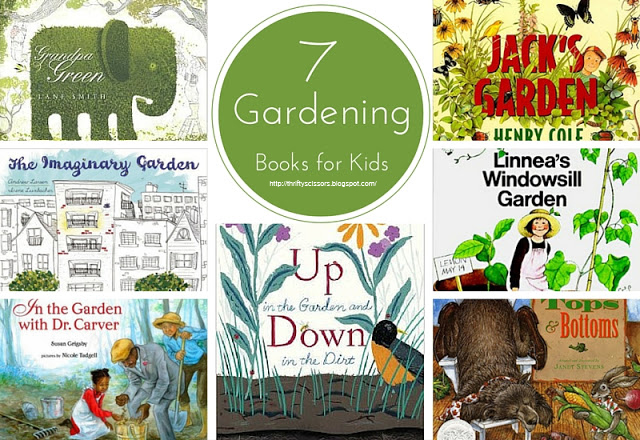 Using the beloved children's books penned
by award-winning author, James Herriot, students will widen their
knowledge in the following: animal life science, England's geography,
watercolor as an art medium, music styles from the 1940's, measurment
practice, and more. The unit seeks to integrate social science, math,
language arts, science, art, and music together--over the course of
eight school days.
Using the beloved children's books penned
by award-winning author, James Herriot, students will widen their
knowledge in the following: animal life science, England's geography,
watercolor as an art medium, music styles from the 1940's, measurment
practice, and more. The unit seeks to integrate social science, math,
language arts, science, art, and music together--over the course of
eight school days.
Unit at a Glance
Grade Level: Second
Dictionary: Amphibian, Author, Life Cycle, Mammal, Reptiles, Setting, Veterinarian
Objectives:
- Practice respectful listening skills
- Describe the author and his professions
- Connect their own experiences to the reading materials
- Retell and narrate a story orally
- Create a storybook including proper story structure: beginning, middle, and end
- Describe the setting (including its geography) of the stories
- Explain how a country's geography related to how its people live
- Measure objects in inches and rounding off to the nearest inch
- Distinguish the difference between mammals, reptiles, and amphibians and their differing life cycles
Below is a brief outline of the learning activities of the unit.
- Day 1: Students are introduced to the author James Herriot through a short video clip and the teacher's SMARTBoard presentation. Student's listen to a read-aloud of Moses the Kitten, followed by constructing a 7 Flip-Flap Booklet of key terms and vocabulary words they'll come across throughout the unit.
- Day 2: Students listen to a read aloud of Bonny's Big Day and take a virtual field trip of where author James Herriot lived and worked.
- Day 3: Students design postcards writing and illustrating about James Herriot's home.
- Day 4: Student's listen to a read aloud of Blossom Comes Home and participate in the SMARTBoard activity: Animal Classification
- Day 5: Working with partner's students will practice measuring
- Day 6: Students listen to a read aloud of Only One Woof and begin their storybook projects
- Day 7: Students listen to a read aloud of Market Square Dog and continue to work on their storybook
- Day 8: Students share their storybooks with the class and assess themselves.
Standards: CCSS.ELA-Literacy.RL.2.7, CCSS.ELA-Literacy.W.2.8, CCSS.ELA-Literacy.SL.2.2,
CCSS.ELA-Literacy.L.2.4a, CCSS.ELA-Literacy.L.2.4e, CCSS.Math.Content.2.MD.A.1, CCSS.Math.Content.2.MD.A.4
Author Profile of James Herriot.



























